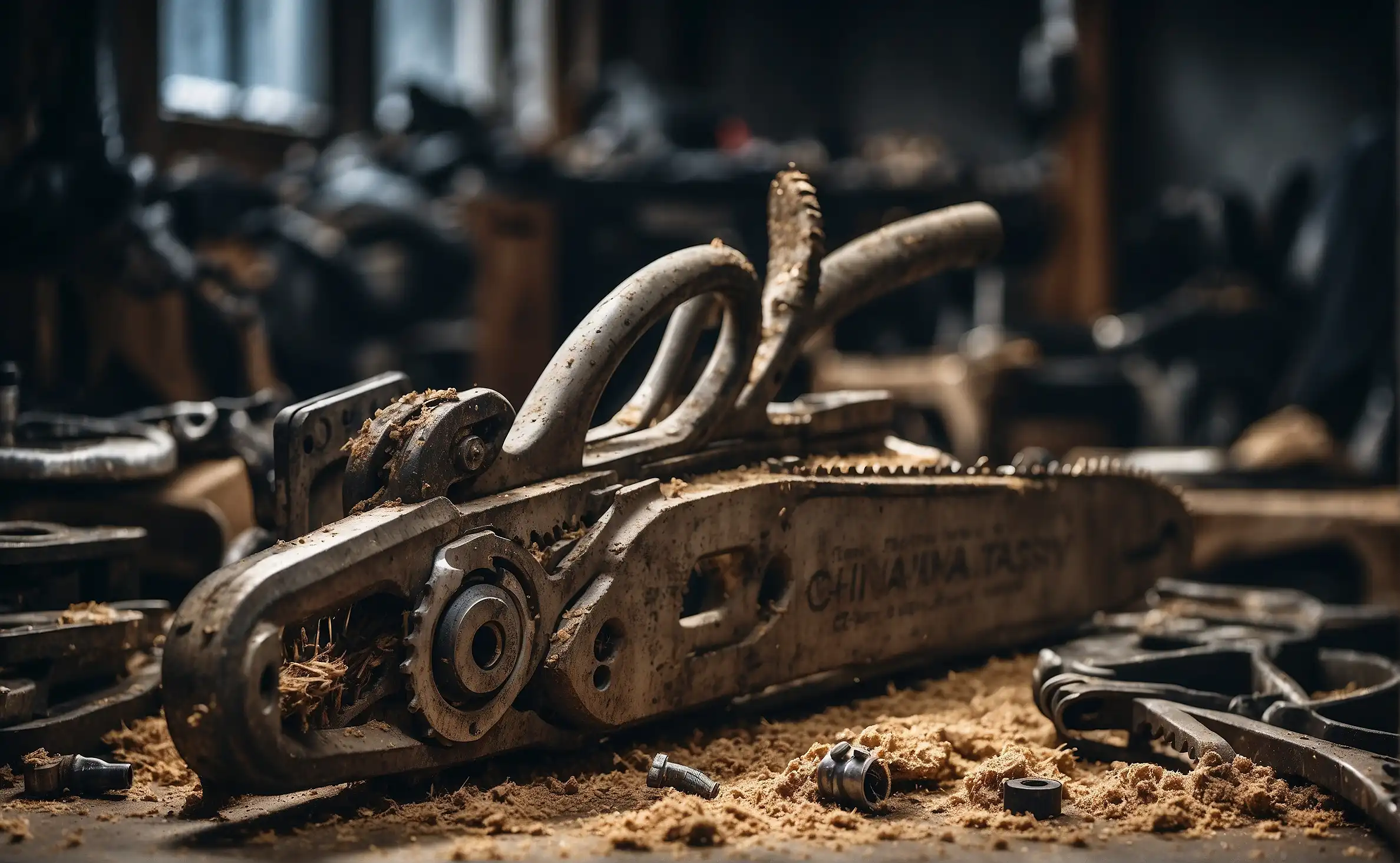On a chainsaw, the teeth should face forward on the top of the bar and backward on the bottom, ensuring effective cutting when the saw is in operation.
When it comes to handling a chainsaw, knowing the correct orientation of the chainsaw teeth is integral for both efficient cutting and operator safety. Installing the chain with teeth facing the wrong direction is a common mistake that can lead to poor performance and increased risk of accidents. In this article, we will guide you through the critical aspects of chainsaw teeth orientation, so you can be confident that your chainsaw is always ready for the job at hand.
Understanding the Direction of Chainsaw Teeth
Every chainsaw chain consists of various components including cutting teeth and drive links. The teeth are the parts of the chain that do the actual cutting and are typically shaped like a curved shark fin. Paying attention to the orientation of these teeth is crucial when installing a new chain or putting a chain back on after maintenance.
The Correct Chainsaw Teeth Position
The saw teeth should always face forwards on the top of the chainsaw bar – pointing away from the saw itself. On the underside of the bar, they should be facing backwards towards the saw. To ensure optimal performance, remember this simple rule: when the chainsaw is powered and in use, the teeth should bite into the wood as the chain moves in a clockwise direction.
| Chain Segment | Correct Direction |
|---|---|
| Top of Chainsaw Bar | Teeth pointing forwards |
| Bottom of Chainsaw Bar | Teeth pointing backwards |
Step-by-Step Guide to Correct Chainsaw Teeth Installation
Follow these steps to ensure you have installed the chainsaw teeth in the correct direction:
- Ensure the Chainsaw is Off and Cool
- Wear Protective Gear
- Release Chain Tension
- Remove/Install the Chain
- Adjust Tension and Test
- Final Safety Check
Understanding the essentials of chainsaw blade direction for top-notch performance and safety.
Warning: Incorrectly installed chainsaw teeth can lead to serious injury or damage to the chainsaw. Always double-check the manufacturer’s instructions and seek professional assistance if unsure.
Common Questions and Troubleshooting
What Happens If Chainsaw Teeth Are Backwards?
If the chainsaw teeth are installed backwards, the saw will not cut effectively, if at all. Instead of cutting, the chain will rub against the wood, generating excessive friction and heat, which can damage both the chain and the chainsaw itself.
How Can I Tell If My Chainsaw Teeth Are Dull?
Dull chainsaw teeth will create sawdust, rather than small chips of wood, and the chainsaw may vibrate unusually or cut unevenly. If you notice these signs, it’s likely time to sharpen or replace the chain.
Learn more: What Size Chain is on My Stihl Chainsaw
Conclusion
Proper chainsaw maintenance and correct teeth orientation are key to safe and effective cutting. Always ensure that the teeth are facing the right direction and that the chain is well-maintained. With this knowledge, you’re now equipped to handle your chainsaw with confidence and efficiency.
Keep the chainsaw conversation alive by staying connected with Chainsaw Hive. Your source, your community.
